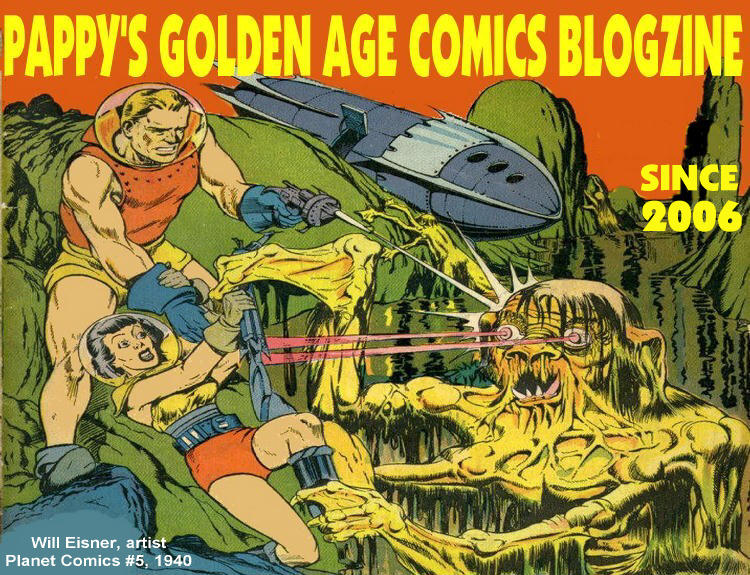 Number 137
Number 137
The Bastard Children of Harvey Kurtzman
Harvey Kurtzman is one of my Personal Pantheon of Comic Art Gods.* He is one of a very small group of great cartoon art geniuses who make me laugh.
By creating
Mad in 1952, and having it become one of the hippest and funniest comic books ever, he unleashed the unwanted children of success: the untalented imitators.
Anyone who loved
Mad would know in an instant these lackluster imitations were not
Mad. Although they were drawn by talented artists (for the most part), they were written and edited mostly by people who just didn't get what it was that made
Mad great.

They looked all all the surface stuff, like the little funny signs and bric-a-brac of the individual panels, the eye candy that
Mad readers looked for. They might not have known that Harvey's stories were carefully thought out, worked out layer upon layer, and given to the artists with careful instructions to do it like Harvey intended. Woe unto those who didn't.

The thing was, the imitators were giving the readers what they expected from 99% of the comics of the era: pale shadows of the greats, just more stuff pumped out to fill the newsstands, to keep the distribution chain going. It shouldn't be a surprise that Timely/Atlas gave readers two or three
Mad imitations, because the whole company philosophy was to copy whatever was possible after someone else had blazed the trail.

Even EC Comics came out with an imitation of
Mad, edited by
Al Feldstein, who would go on to make
Mad Magazine a major publishing success after Kurtzman's departure. But even the officially sanctioned imitation,
Panic, using the same artists as
Mad, couldn't match
Mad in its originality or sales.
 Mad
Mad was as Kurtzman was, true original comic art genius.
All of these
Mad imitators came out in 1953 and 1954. I give credit to Ross Andru and Mike Esposito for making the cover of
Get Lost! #1 look like a Kurtzman cover, and also to the Charlton
Eh! cover for making an obscene description of female anatomy into a cover.

But other than that, these imitations are so pale compared to the original that they are just footnotes in comic book history.

*Pappy's Personal Pantheon of Comic Art Gods: Harvey Kurtzman, Carl Barks, Walt Kelly, Charles Schulz and Robert Crumb.























































